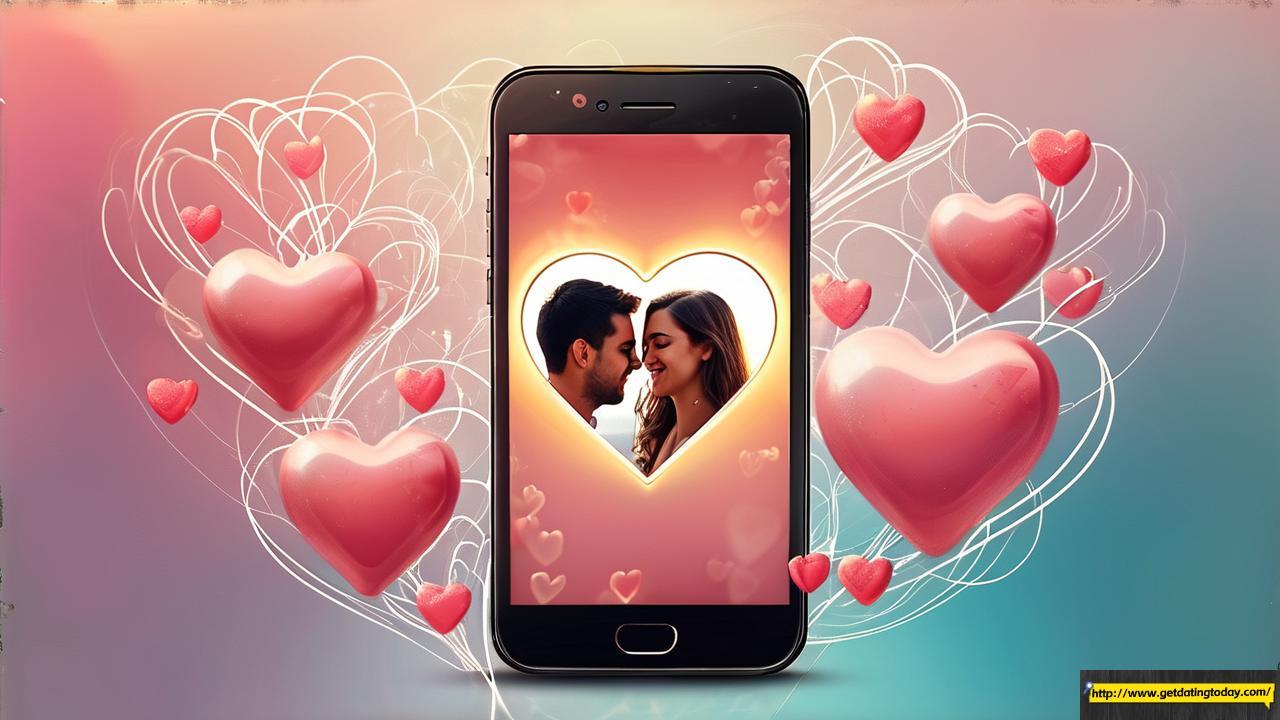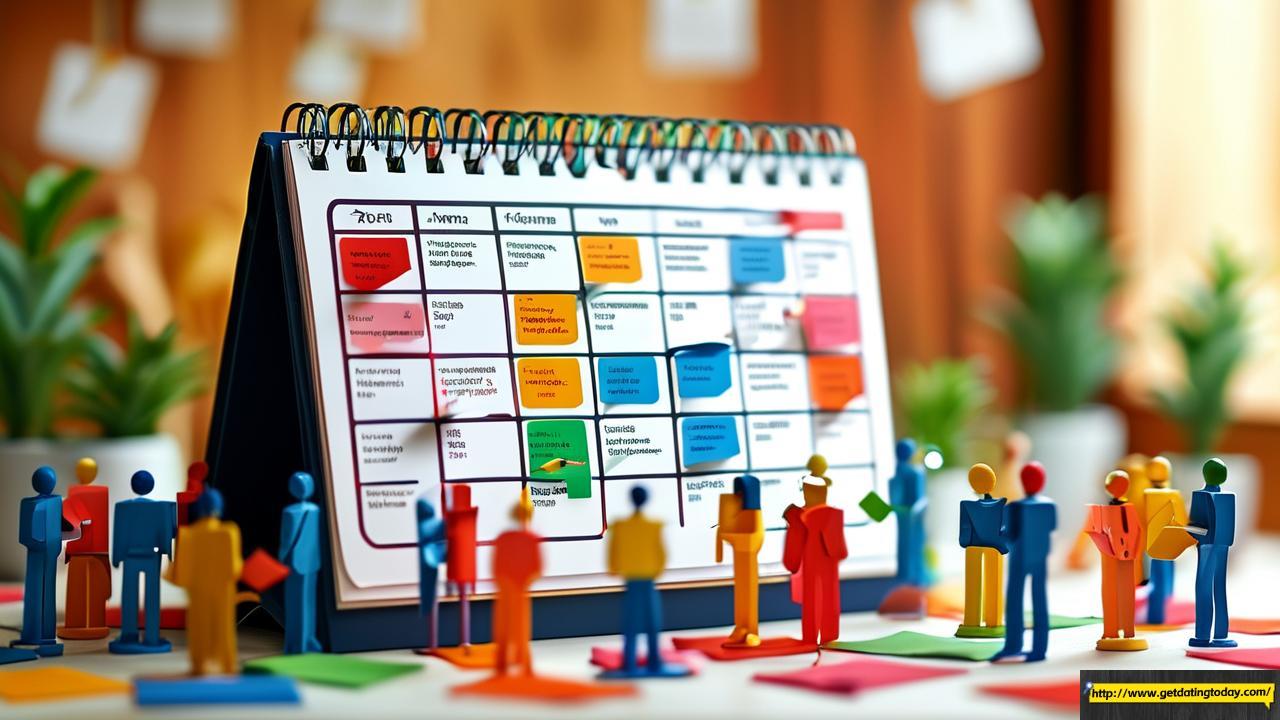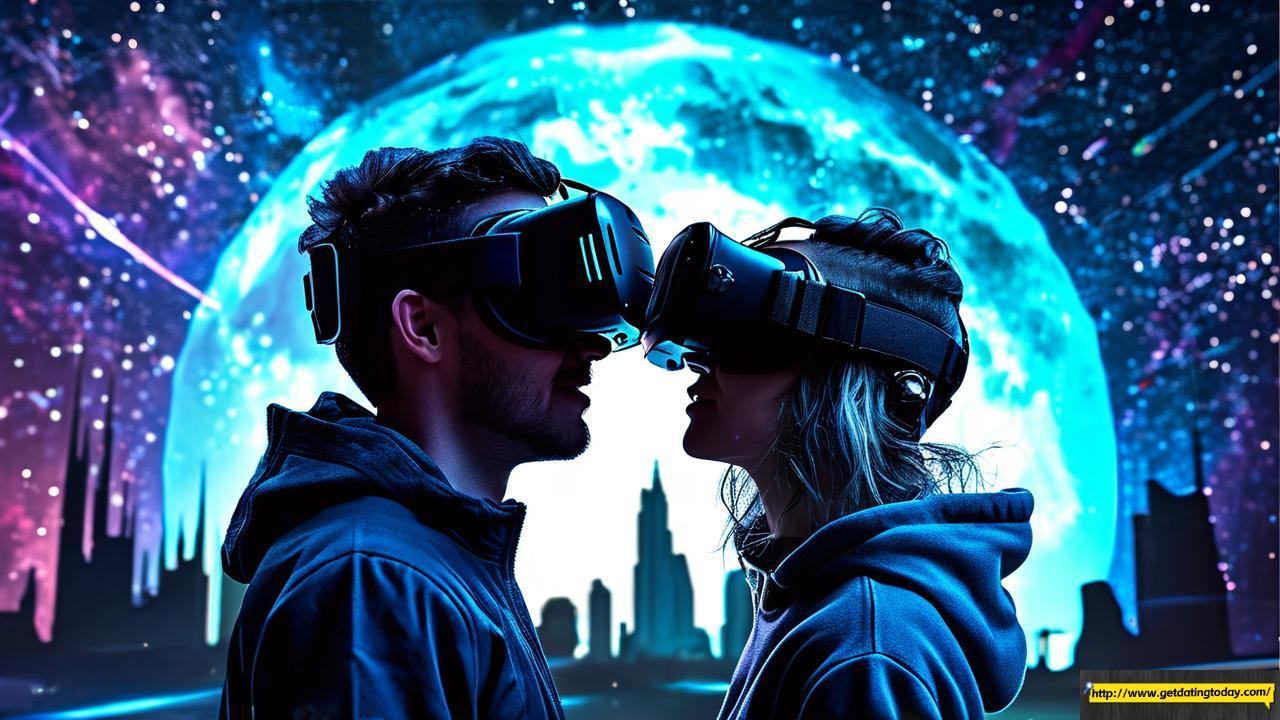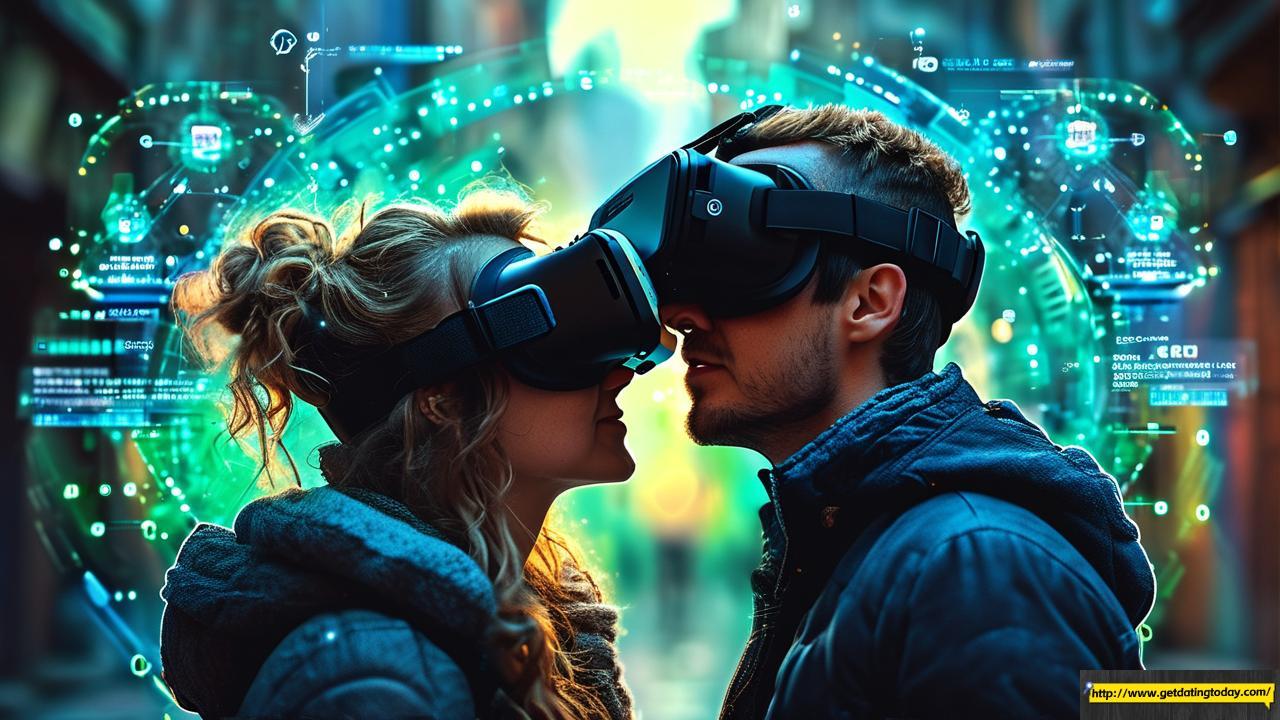In a world where we tap screens more often than we hold hands, technology often gets blamed for creating emotional distance. But what if I told you your smartphone could be the ultimate wingman? The secret lies not in abandoning devices but in hacking them to fuel intimacy. Let’s explore how to turn pixels into passion and algorithms into affection.

Digital Love Letters: Reinventing Communication

Gone are the days of waiting weeks for a handwritten letter. Apps like Couple and Between act as private playgrounds for lovers, letting you share encrypted love notes, synchronized doodles, or even thumb-kisses through haptic feedback. Imagine sending a “thinking of you” GIF that makes their phone vibrate in the exact rhythm of your heartbeat—a 2024 twist on Shakespearean sonnets. Studies show couples who use personalized messaging apps report 23% higher daily connection levels compared to standard texting—like swapping fast-food chats for Michelin-starred conversations.

Sync Your Souls: The Magic of Shared Digital Calendars
Google Calendar isn’t just for work meetings. Color-code your dates: purple for “surprise romantic evenings,” teal for “deep talk sessions,” and crimson for “passion hours.” Apps like TimeTree even let you attach voice memos to events—try scheduling a “10 AM Flirt Alert” with a sultry audio reminder. It’s relationship choreography—85% of users who sync calendars for six months say arguments about forgotten plans drop dramatically. Think of it as building a collaborative love spreadsheet where every cell contains potential sparks.

AI-Powered Intimacy: Your New Relationship Therapist
Platforms like Relish analyze your texting patterns like a love detective, flagging phrases like “you always…” (a known conflict trigger) and suggesting warmer alternatives. Picture this: After a tense discussion, your app serves a pop-up—“Try reframing this as ‘I feel’ statements”—like having Esther Perel in your pocket. Early adopters show 31% faster conflict resolution, turning potential blowouts into growth opportunities. It’s emotional firstVR Dating: When Reality Needs a Upgrade**

Stuck in a long-distance rut? Fire up VR headsets and meet at the digital Eiffel Tower through apps like VRChat. Recent studies reveal couples sharing weekly VR dates experience oxytocin spikes matching in-person interactions—your brain can’t tell real sunsets from virtual ones when love’s involved. One couple even renewed vows via Horizon Worlds, their avatars exchanging blockchain wedding rings. It’s not escaping reality—it’s expanding it.

Biohacking Bedroom Chemistry
Who needs mood rings when wearables like the Amazon Halo measures your arousal patterns? Sync your Oura rings based on sleep quality and stress levels—imagine getting a “green light” notification when both your biometrics align. Luxury hotels now offer “Smart Love Packages” where rooms adjust lighting and music in real-time using couple’s physiological data. One resort reported a 200% increase in repeat bookings after introducing AI-curated ambiance—proof that love and algorithms make perfect bedfellows.
Memory Mining: Algorithms That Cherish Your History
Apps like Twig automatically generate “love timelines” using your photo metadata and chat history. That random Tuesday walk in the rain? The AI notices it’s your 100th shared location ping at Central set to “your song.” Users report feeling 17% more appreciated when receiving these surprise digital scrapbooks—like having a historian dedicated to your love story.
Love Nest**
While sharing Netflix passwords feels intimate, cybersecurity firm Norton reports romance scams surged 45% in 2023. Encrypted platforms like Signal for sensitive conversations and separate “love devices” (think a shared iPad just for your relationship apps) create a firewall around your intimacy. One couple even uses a private blockchain to store their most precious memories—modern love requires digital moats.
As we swipe toward the future, remember: technology doesn’t dilute romance—it distills it. The healthiest relationships will be those that harness tech intentionally, using apps as scaffolding rather than crutches. So charge those devices, kiss your smart speaker goodnight, and get ready to love like it’s 3024—today.
